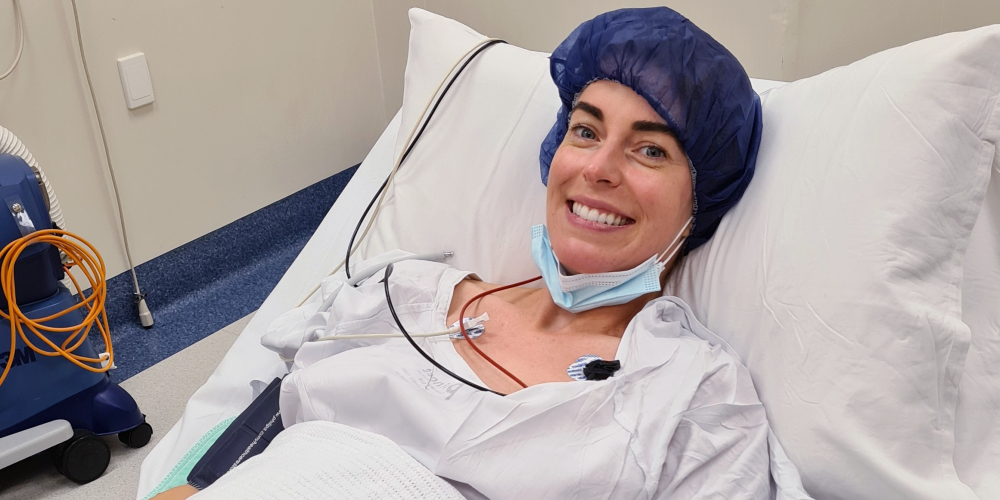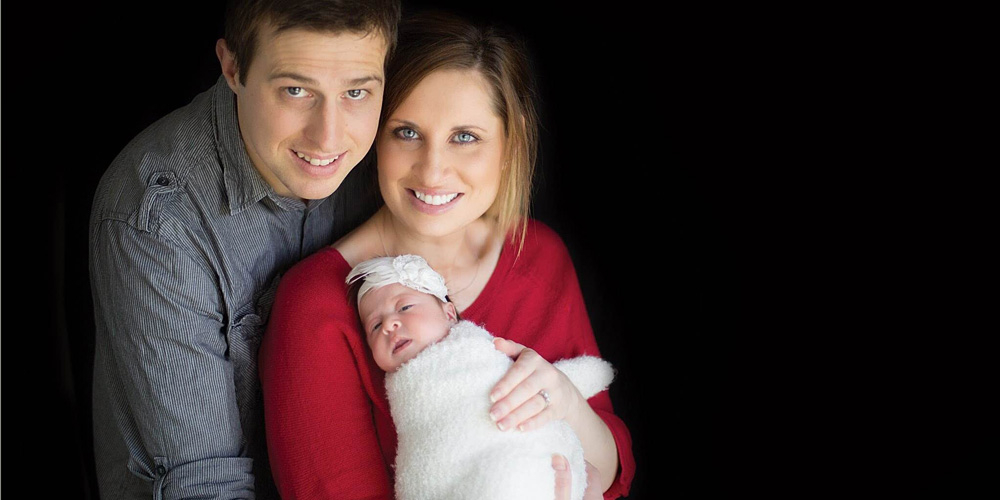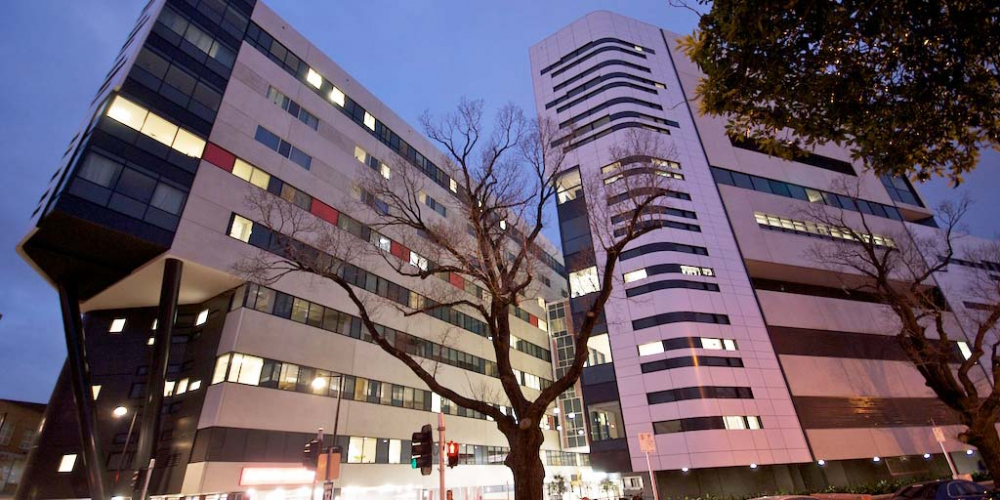
The Royal Women’s Hospital is providing meaningful options to young cancer patients through our cutting-edge ‘oncofertility’ research. Patient Laura Tucker tells her story of pregnancy, cancer treatment, and fertility preservation.
Laura’s journey to motherhood has been unconventional, and involved two brain surgeries, radiation therapy, a caesarean under general anaesthetic, and ovarian tissue grafting.
The 30 year-old was diagnosed with adult Medulloblastoma at 26 weeks pregnant in May, 2021. Perinatal experts, obstetricians and gynaecologists at the Women’s and Mercy Hospital were part of her multi-disciplinary treatment team.
“My whole world went from the exciting news of ‘I’m going to be a mum’ to ‘Wow, I going to be a mum, and I’ve got brain cancer’ - which was huge,” Laura said.
“We arranged to get some ovarian tissue taken during my c-section at 35 weeks. Having that option was fantastic, and ended up being a very simple process.”
In the last 12 months, Laura has bravely faced two brain surgeries and radiation. She is now cancer free and enjoying being a new mum.
“I know we’ve got that ovarian tissue available if we want a second child – it’s like an insurance,” Laura said.
“You don’t know what’s going to happen, and if you lose that option, it’s unfortunate. If the obstetricians had not told me, I would not have had a clue about ovarian tissue grafting.”
The cutting-edge fertility preservation, once considered experimental, is now within reach for the 8,400 Australians aged under 40 who are diagnosed with cancer each year.
The Women’s fertility expert Associate Professor Kate Stern says ovarian tissue cryopreservation has seen great success, with multiple babies born after tissue storage at the Women’s.
“Since 2014, we have been part of nine births and one current pregnancy – thanks to ovarian tissue grafting. Our oncofertility technology also takes in egg and embryo freezing, and cryopreservation,” she said.
“We offer these treatments to children, teenagers, and adults about to undergo cancer treatment, just like Laura. This gives patients a realistic possibility of having their own family, or a bigger family, after they recover from cancer.”
Young women going through cancer treatment at the Women’s can opt for egg and embryo freezing or ovarian tissue cryopreservation. The latter involves freezing a section of ovarian tissue (or a whole ovary), and grafting it back into the pelvis.
This procedure is no longer considered experimental for female patients who are past puberty, and can also be offered to young girls. Researchers at the Women’s have found conclusively that grafted ovarian tissue can be stimulated to produce eggs, and fertilised later through IVF.
Current options for men and boys include semen cryopreservation and testicular tissue biopsy.
A/Prof Stern wants all oncology and health professionals to become familiar with oncofertility options, so young patients do not miss out on life-changing fertility treatment.
To find out more, see our Preserving your fertility fact sheet and information about our Fertility Preservation Clinic.
|
Additional Information
|
Read related content from the Women's
-
 Fertility specialists achieve new birth success from ovarian tissue graft
Fertility specialists achieve new birth success from ovarian tissue graftNew parents Jodie and Aden: Evie has made our lives complete
Learn more -
 Egg freezing decisions under the microscope
Egg freezing decisions under the microscopeOur researchers are launching a project to find out how to best support women making decisions about freezing their eggs.
Learn more -
 Experts from the Women’s lead talks at oncofertility conference
Experts from the Women’s lead talks at oncofertility conferenceThe latest research and clinical practice in preserving the fertility of cancer patients will be the focus of this year’s National Oncofertility Summit.
Learn more